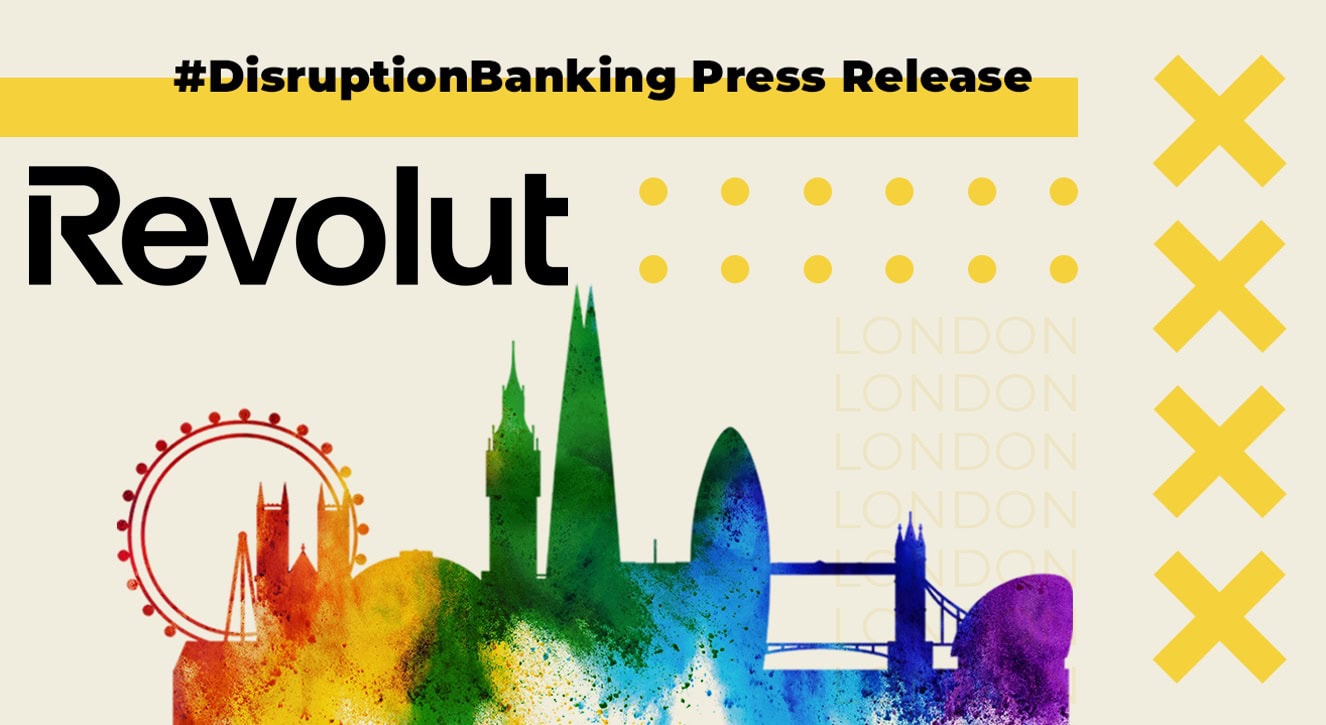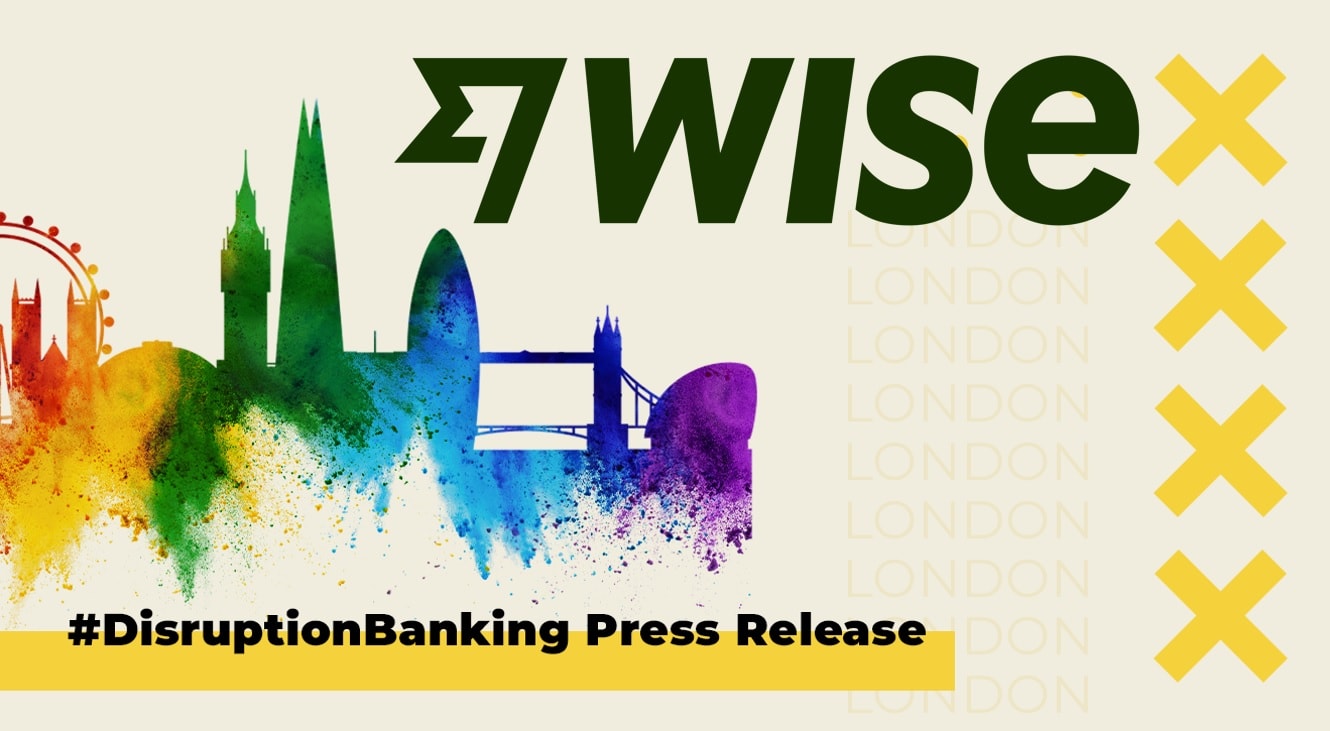The fact that the globe is facing a climate-driven catastrophe is well documented, to say the very least. Indeed, against the backdrop of today’s digital, nano-second news environment, no one can reasonably claim they are unaware of the issues that future generations, especially, will have to contend with.
There have been multiple studies over recent years, all reaching a similar conclusion, based around the fact that the earth’s temperature has risen significantly. Many top climate scientists have found that human-induced climate change, including more frequent and extreme weather events such as wildfire and droughts, has caused human mortality rates to rise, while up to 3.6 million people are highly vulnerable to the effects of it.
Relentless rain, record heat: study finds climate crisis worsened extreme weather https://t.co/Gnmgp7VaAi
— The Guardian (@guardian) January 9, 2023
Arguments and analysis concerning climate change have become so pervasive that against today’s business backdrop, many customers are likely to examine a firm’s green credentials before giving them their custom.
Recent years have seen banks coming under some of the greatest scrutiny of all when it comes to ESG investment. Just as they are the leaders in global finance, people are increasingly realising that banks have the perfect opportunity to carve out a role as a leader in global ESG matters.
However, while regulation is becoming an unavoidable feature that banks must adhere to for the good of managing climate risk, there is still a long way to go. While some banks have made a promising start, many must still formulate strategies, build their capabilities, and create risk-management frameworks.
Here, we briefly examine where they need to start.
Roadmap to incorporating Climate Risk Management
As banks ponder how to incorporate climate-change considerations into their risk-management activities, they will find that it is important to remain pragmatic.
Stakeholders want robust action, and banks feel pressure to respond. Those that make haste, however, increase the risk of badly judged steps. The best strategy is adequate, comprehensive preparation. A bank can create a value-focused road map setting out an agenda proportional to its circumstances and considering both the physical and regulatory status quo. Once the road map is in place, banks should adopt a modular approach to implementation, ensuring that investments are tied to areas of business value by facilitating finance, offering downside protection, and meeting external expectations.
There are three key steps for developing a comprehensive risk management roadmap. These, with the correct planning, should be attainable in four to six months. The key message here that it is not too late – even banks who haven’t considered their ESG credentials can still formulate a plan in reasonable time.
1. Define and articulate the climate risk strategy and appetite.
Effective climate risk management should be based on a dedicated strategy.
Individual banks must be sure about the role they want to play and identify the client segments and industry sectors where they can add the most value. They should also establish and implement governance frameworks for climate risk—frameworks that include the use of specialised senior personnel, as well as a minimum standard for reporting up and down the business.
Some are already acting. One bank, although we cannot name them, has made its Chief Revenue Officer (CRO) the executive accountable for climate change, and head of the climate-change working group. Another bank divided these responsibilities among the board of directors, executive management, business areas, group functions, and the sustainable-finance unit.
2. Build the foundations.
Banks should urgently identify the processes, methodologies, and tools they will need to manage climate risk effectively. This entails embedding climate factors into risk and credit frameworks—for example, through counterparty-scoring methods.
Scenario analyses and stress tests will be pillars of supervisory frameworks and should be considered essential capabilities. Outcomes should be mapped into reporting and disclosure frameworks.
Finally, banking, like most sectors, does not yet have the climate risk resources it needs. The industry must therefore accumulate skills and build or buy relevant IT, data, and analytics.
As JPMorgan Chase, Citigroup, Goldman Sachs, Bank of America, Morgan Stanley and Wells Fargo undergo "climate stress tests" to assess their exposure to risk, critics argue that they don't go far enough. From @mattorsagh: https://t.co/EdZB8ka6Rf
— GreenBiz (@GreenBiz) February 1, 2023
3. Construct a climate risk management framework.
Banks must aim to embed climate risk factors into lines of defence and decision making across their front- and back-office activities and for both financial and nonfinancial risks, including operational, legal, compliance, and reputational risks.
Data will be a significant hurdle. Data is needed to understand the fundamentals of climate change as well as the impact it will have on activities such as pricing, credit risk, and client-relationship management.
However, a paucity of data should not become an impediment to action. As far as possible, banks should measure climate exposures at several levels, including by portfolio, sub portfolio, and even transaction. This will enable the creation of heat maps and detailed reports of specific situations where necessary.
In corporate banking, this kind of measurement and reporting might support a climate-adjusted credit scorecard (covering cash flows, capital, liquidity diversification, and management experience) for individual companies.
Banks may then choose to assign specific risk limits. Indeed, some banks have already moved to integrate these types of approaches into their loan books.
It’s difficult to accurately capture the impact of climate risk on bank balance sheets. To ensure financial stability, macroprudential policies may be needed to complement banks’ own risk management processes and direct supervision https://t.co/bD1w8pqvZR
— European Central Bank (@ecb) October 19, 2021
2/6
As providers of capital, banks play a crucial role in economic development that now includes managing the physical and transition risks of climate change. Exposure mapping and risk measurement methodologies for climate-related financial risks can be differentiated according to physical risk and transition risk drivers with each risk type having unique characteristics that drive measurement approach decisions.
In general, physical risk can be linked to financial exposures using damage functions that define the impacts of specific hazards on the real assets and activities that generate financial flows. The disruptions to assets, activities and their corresponding financial flows can then be integrated into established risk models that dimension financial risk parameters.
A challenge when using damage functions is the degree to which empirical functions are available or complete for all sectors, exposures, and hazards.
The impacts of the shift from a high to a reduced carbon economy (transition risk) could be estimated using models linking specific transition risk drivers to the economic factors that generate financial flows.
Similar to physical risks, projected disruptions to financial flows could be integrated into conventional models of financial risk measurement.
Given their distinct features, physical and transition risks are often viewed and assessed separately. However, several features relating to climate change are increasing the likelihood that these risks may be dependent on each other, which may require them being considered jointly.
The task is not straightforward, and the models and assumptions needed to align the business with climate priorities that will inevitably be revised and refined over time. However, as temperatures rise, speed is of the essence in managing the move to a more sustainable global economy.
Author: Richard Bennett
Richard joined Razor Risk as CEO in July 2019. Razor Risk is one of the portfolio companies of Parabellum Investments, led by founder and CEO, Rami Cassis.
Richard has extensive experience of assisting financial institutions worldwide in measuring and managing emerging risks such as climate and environmental risk whilst continuing to meet evolving regulatory guidelines and standards.
He has worked for financial software companies including IT&e, Algorithmics, Infinity Financial Technology and BIS Banking Systems, working with his clients to facilitate the measurement, management and control of the risks inherent in their banking and trading activities and shaping their responses to the changing regulatory environment.
Immediately prior to joining Razor Risk, Richard worked as CEO for Causality, providing consultancy in digital asset risk, blockchain technologies, building financial AI/ML modelling use cases and business innovation. Before that, he was VP Market Management, Regulatory Reporting at Wolters Kluwer.
As an expert in risk management and regulatory change, Richard has been a speaker at technology and financial industry forums for many years, speaking about topics such as emerging risks, managing change in the risk and regulatory management space, achieving transparency across an enterprise and the evolution of regulatory risk models.















